ON THE ROAD | Richard Hemming MW in New Zealand
Richard Hemming MW, our Head of Wine Asia, recently headed to Christchurch to attend the 2025 edition of Pinot Noir New Zealand, which gathers a global audience to debate the country’s Pinot Noir and its place in the world. He reports back on his key takeaways
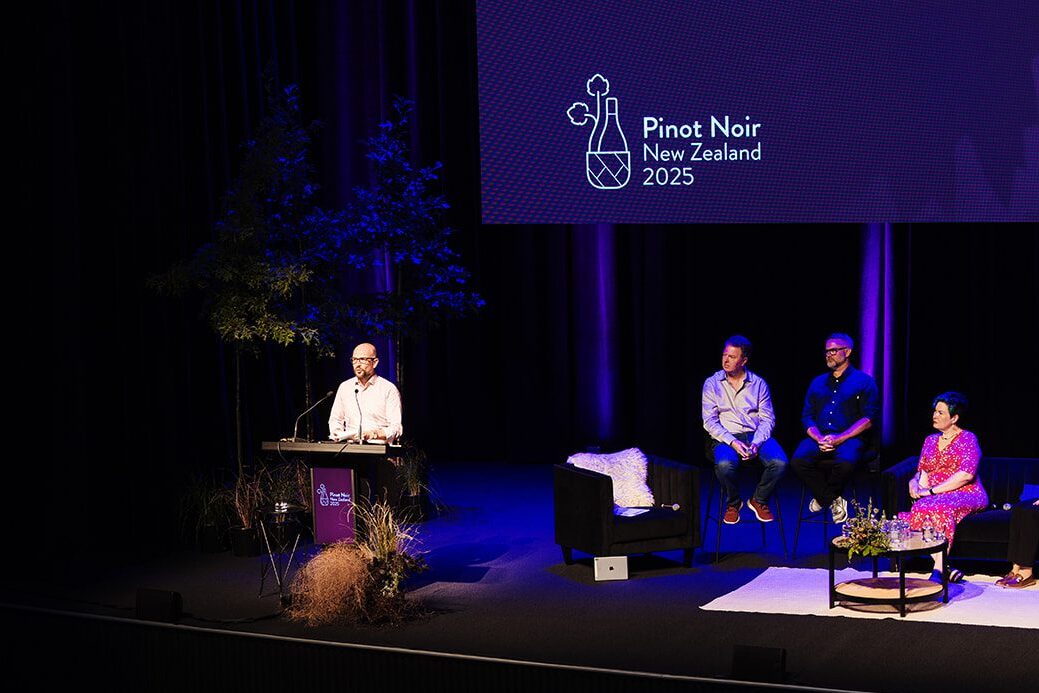
If there was one constant during the symposium, it was the Māori traditions such as pepeha and kaitiakitanga. The former is a method of introduction, and was used by all the New Zealand delegates as a greeting that describes your origin through landmarks and culture – your rivers, your mountains and your tribes. Kaitiakitanga, meanwhile, means guardianship of place – how to live and work in harmony with the natural world.
Both of them have a clear affinity with wine, in the way a bottle can reflect its origin and also in how we act as custodians of the world’s vineyards. Everywhere has terroir, of course, and all of it is unique. This is wine’s USP, but also its fatal flaw: it is infinitely varied, yet so often the stories sound the same. By integrating these Maori beliefs, New Zealand has an opportunity to talk about terroir in a way that is appreciably different to other countries.
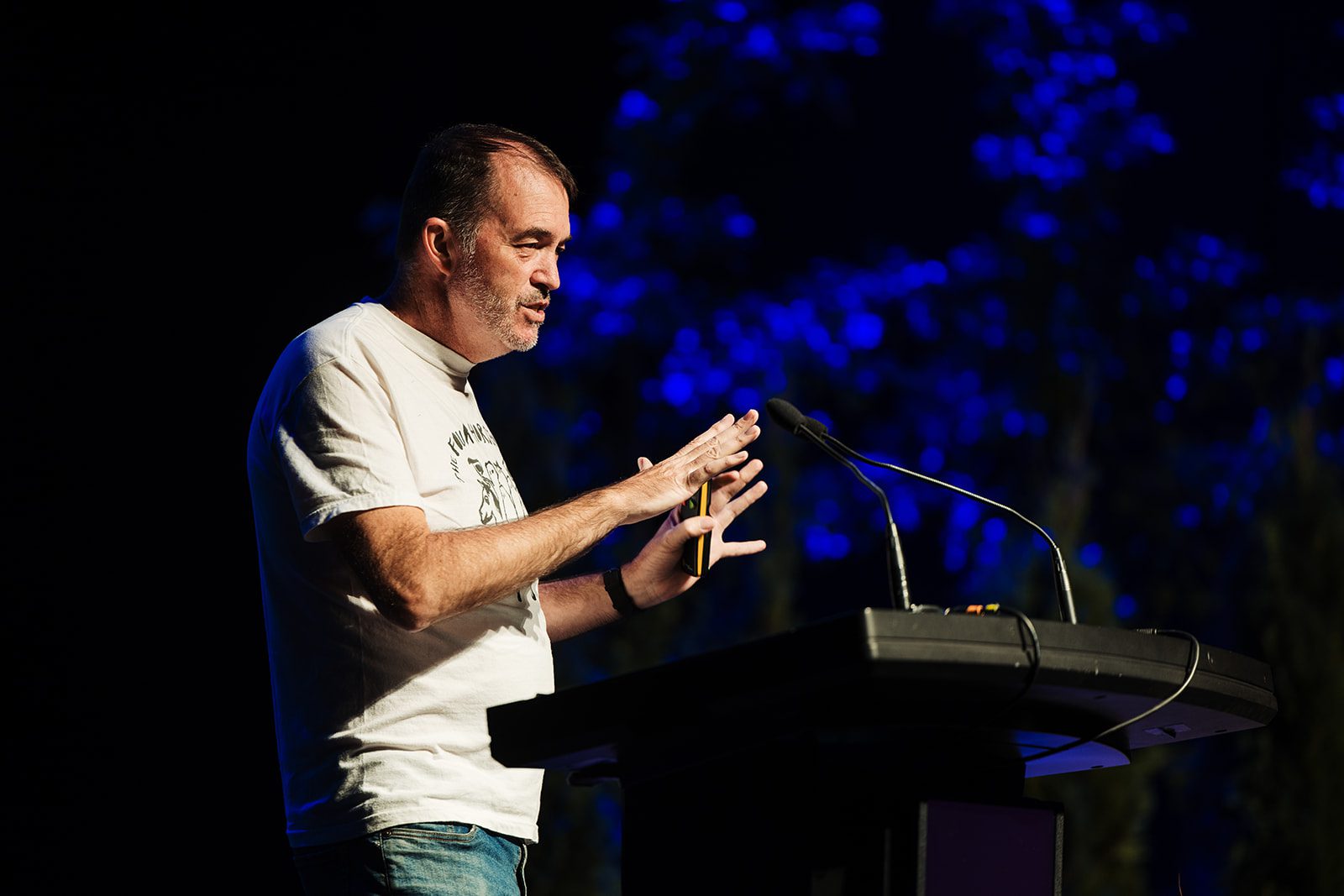

During the conference, the connection between wine and place seemed strong; bringing that story to wine lovers internationally is an opportunity to capture something distinctive – just as the haka is the signature of the All Blacks.
In keeping with the emphasis on natural resources, the sessions on environmental concerns, and specifically regenerative viticulture, were among the most memorable. While these issues apply to all countries, there was a sense of receptiveness in New Zealand that will hopefully gain traction. Essentially, regenerative viticulture allows the land to naturally sustain itself, whereas traditional vineyards – including most of those classified as organic and biodynamic – are continually degrading their soils through various treatments and farming practices such as ploughing. Among the speakers, Dr Jamie Goode’s evidence on the subject was compelling, introducing many of the attendees to an approach that feels like a new imperative for the global wine industry.
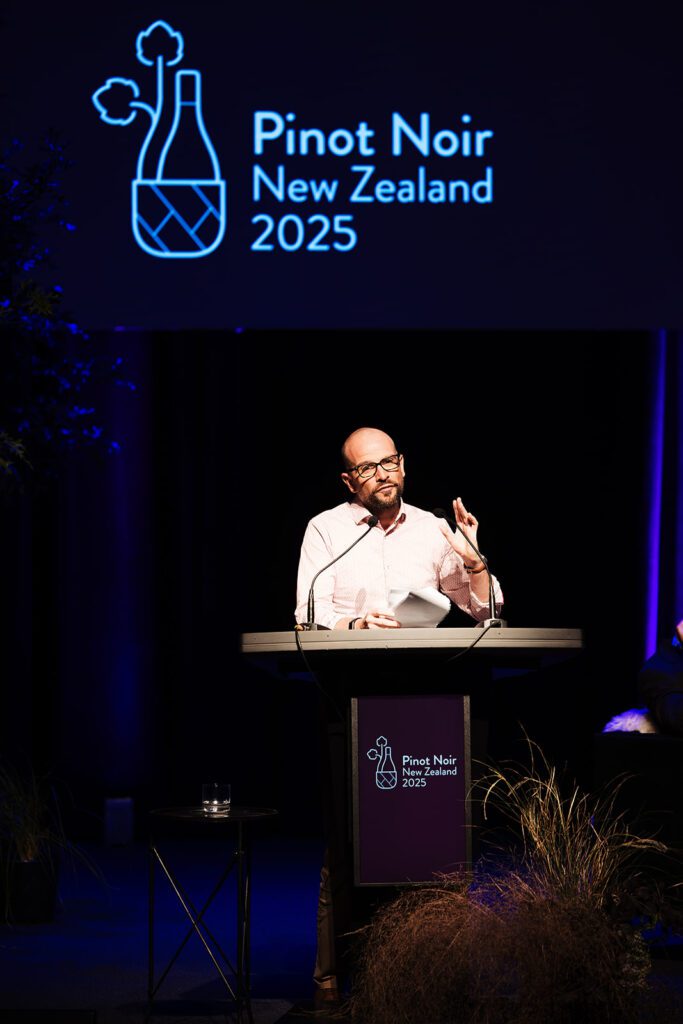

The symposium gathered wine commentators from around the world, including Eric Asimov of the New York Times, Christina Pickard of Wine Enthusiast and China’s Fongyee Walker MW as one of several Masters of Wine in attendance. My own contribution was to emphasise, during a panel discussion sharing perspectives from around the world, the extraordinary range of Pinot available in markets such as Singapore. Even though New Zealand has an enviable reputation, there is stiff competition from the likes of California, Australia and South Africa. For producers to stand out, making personal connections is essential.
Inevitably, there were as many opinions as there were speakers, but everyone agreed that the quality of New Zealand Pinot can reach the highest possible levels. Its story is a promising one: it has become, in just a few decades, a category that can rival the greatest in the world, including the loftiest of Burgundies. This was supported by tastings, with outstanding examples from Neudorf, Dog Point, Decibel, Novum, Folding Hill, Bell Hill, Rippon, Mount Beautiful and Luna, among others. These producers represent six different appellations across both islands of New Zealand, showing that no single region has a monopoly on quality.
Despite that quality, each market has their own challenges, from high prices to low awareness to limited allocations, so finding these wines around the world isn’t always easy – but it is always worth the effort. And of course, the lists at all of the 67 venues have several New Zealand Pinots to choose from, so I encourage you to discover the stories for yourself…
Not a 67 Pall Mall Member? Sign up to receive a monthly curated edition of The Back Label by filling out your details below.
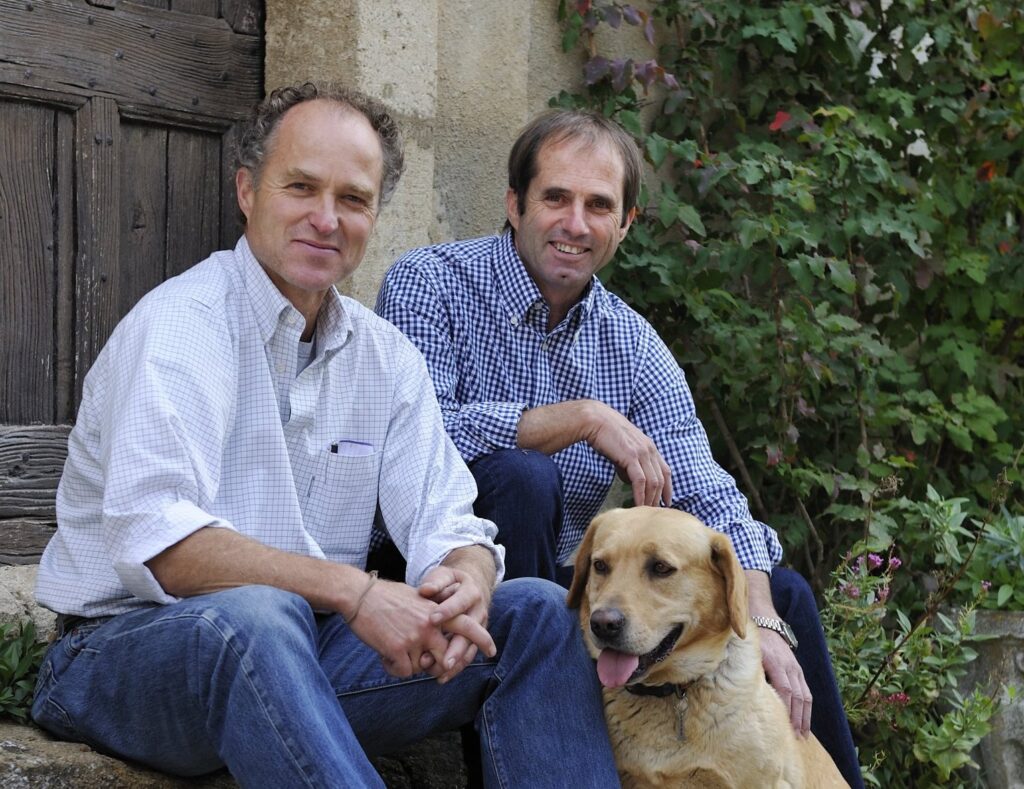

WHAT
I’VE
LEARNED
Daniel Brunier, Domaine du Vieux Télégraphe, Rhône
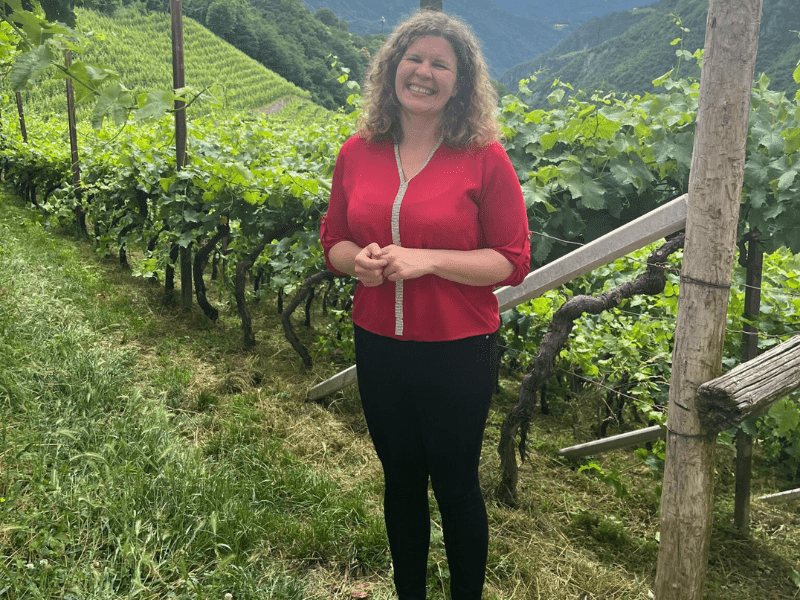

IN
THE
VINEYARD
Gump Hof, Alto Adige, Italy
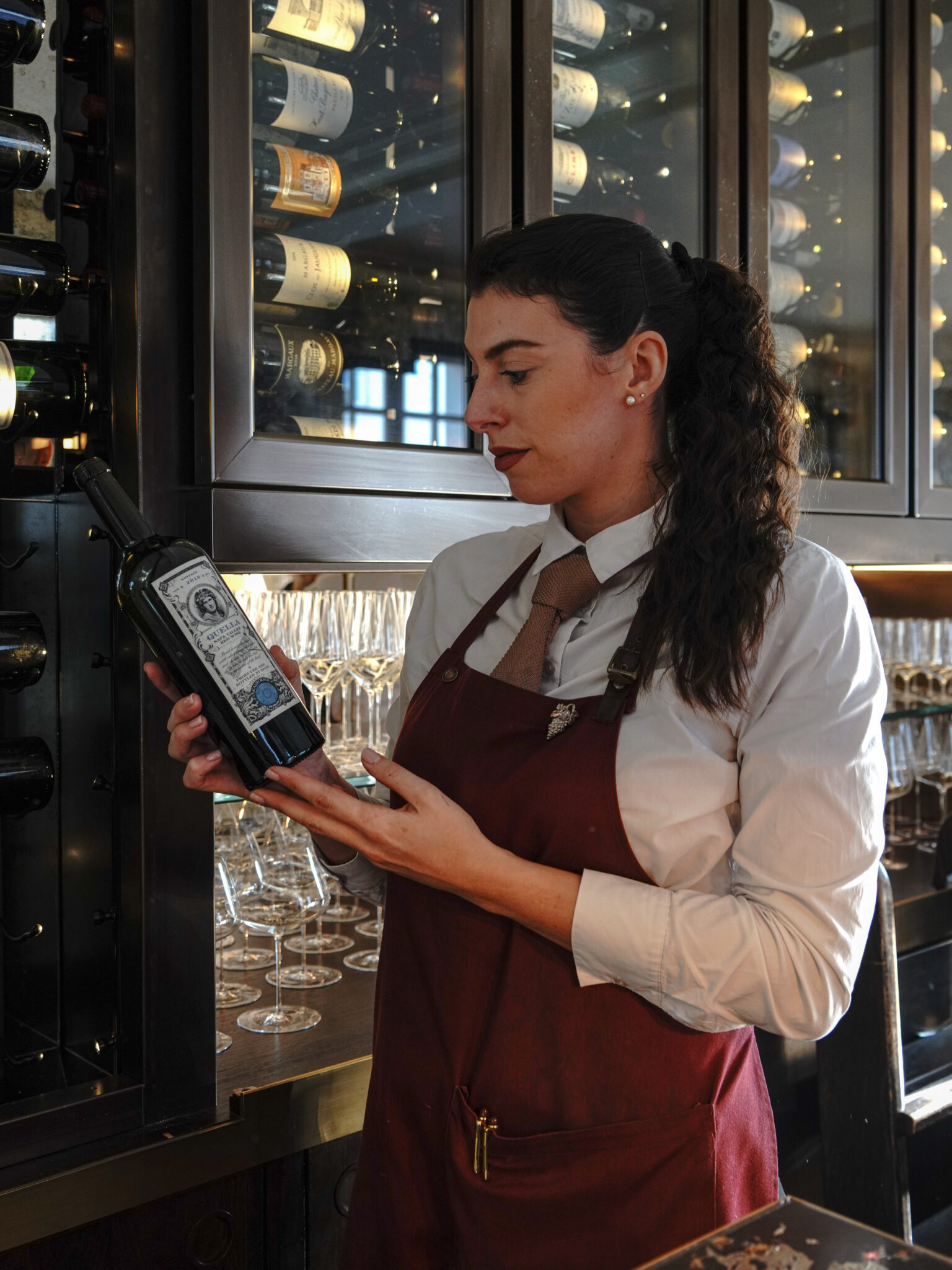

ON
THE
LIST
Mariachiara Faccin
